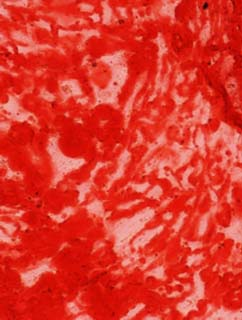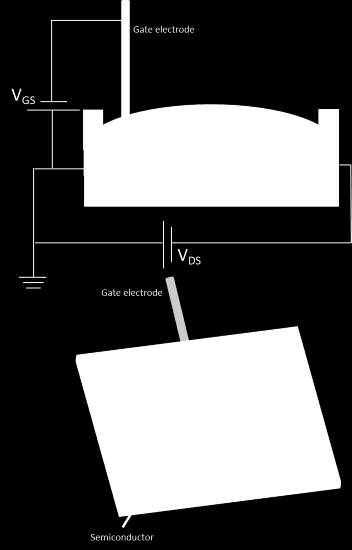Summary of the technology
CSIC and the University of Valencia have developed a device that makes it possible to effectively
determine the place where radiation is deposited in hadronic therapy, a decisive aspect of the clinical
application of this technique against tumors. Unlike conventional radiation therapy, hadronic therapy
uses heavy charged particles to irradiate the tumor. Since heavy particles destroy the tumor more
effectively than photons, and it is possible to deposit a lower dose in healthy tissue.
In order to use hadronic therapy, it is essential to determine in real time whether the radiation dose is
being used at the intended site, and by means of this invention it is possible to monitor the radiation
dose of hadronic therapy.
Industrial partners whose field of application is the development of medical devices used in hadronic
therapy are being sought to collaborate through a patent licence agreement.
An offer for Patent Licensing
Improvement of the signal / noise ratio in detectors
Noise reduction in the image on the right using this device, compared to current techniques (image on the left).
For the proper use of hadronic therapy, it is essential to be able to determine if the irradiated tissue receives the correct dose. Detection of secondary particles from irradiated tissue is a method of monitoring therapy. Currently it is only performed using PET techniques. With the use of this new device, the signal-to-noise ratio is improved with respect to the techniques currently used. Enabling an improvement in the monitoring of hadronic therapy, making it more effective.
Main innovations and advantages
· Improvement of the signal / noise ratio in hadronic therapy with respectto current techniques.
· Greater efficiency in the use of hadronic therapy, by monitoring the technique in a better way.
· Lower dose of radiation applied to the patient.
· Invention easily incorporated into currently used devices.
Intellectual property status
- Granted Patent
- Patent application number :-
Related Keywords








